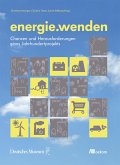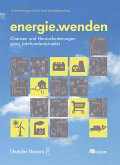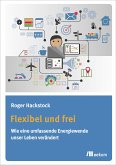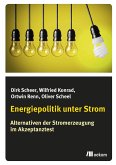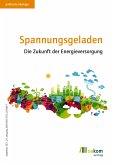The energy transition - the process of making our energy supply environmentally friendly, economically viable, and secure - is an ambitious goal and one of the most important tasks facing the world today. The Deutsches Museum has joined the debate about the Energiewende in Germany and abroad with its special exhibition “energie.wenden”. This accompanying exhibition catalogue sheds light on the complex connections between various aspects of the energy transition and offers a look behind the scenes at the concept of this unique participatory exhibition. Prominent scientists use their expertise in diverse fields to trace the history of energy and discuss the challenges and possibilities of this comprehensive, long-term project, as well as successes on the path to achieving it. In addition, readers learn about innovations in energy technology and trailblazing projects from every corner of the planet in this engaging and educational overview of the energy transition - a fascinating exploration of the future of our energy system.
Dieser Download kann aus rechtlichen Gründen nur mit Rechnungsadresse in D, A, L, I ausgeliefert werden.



